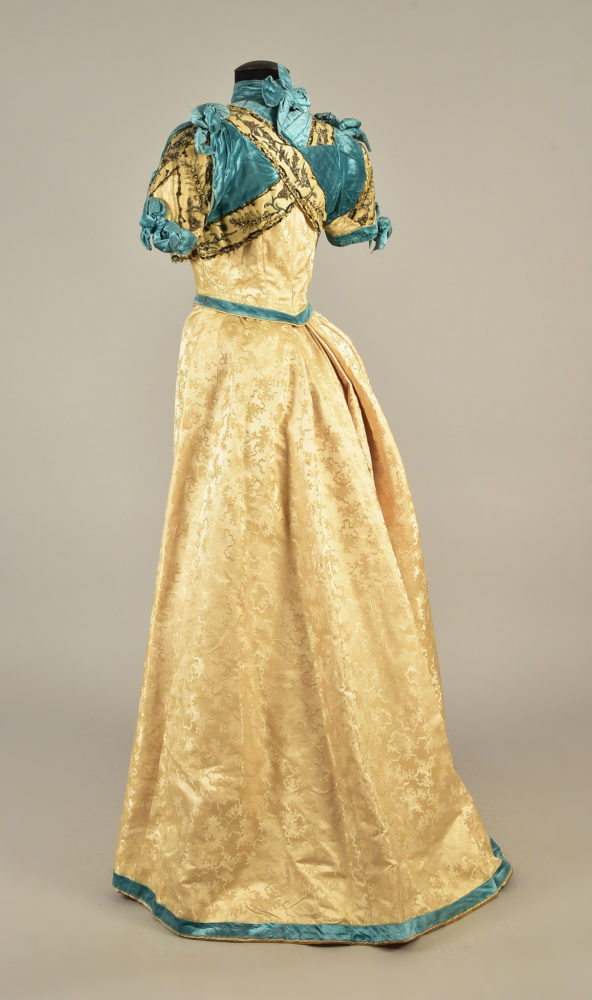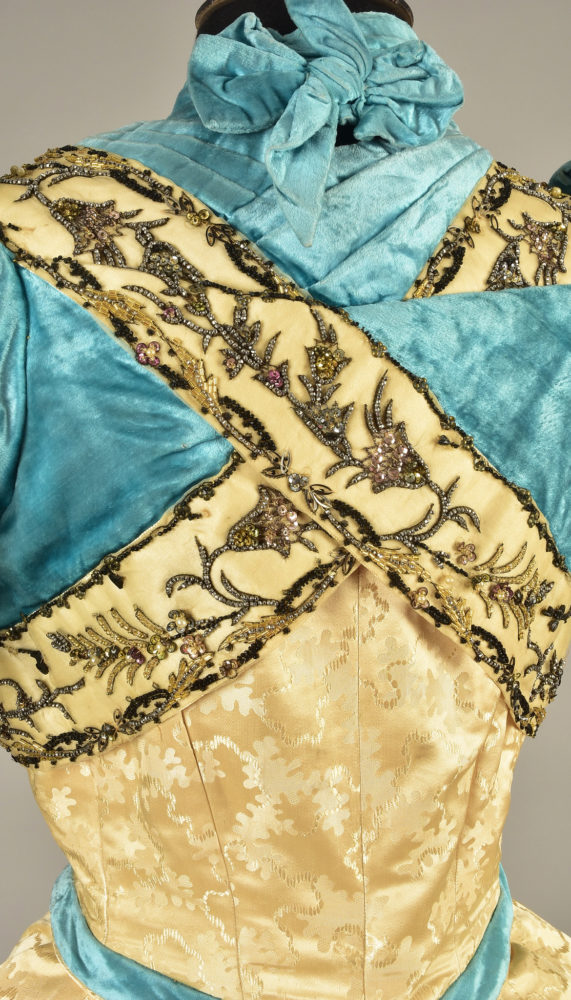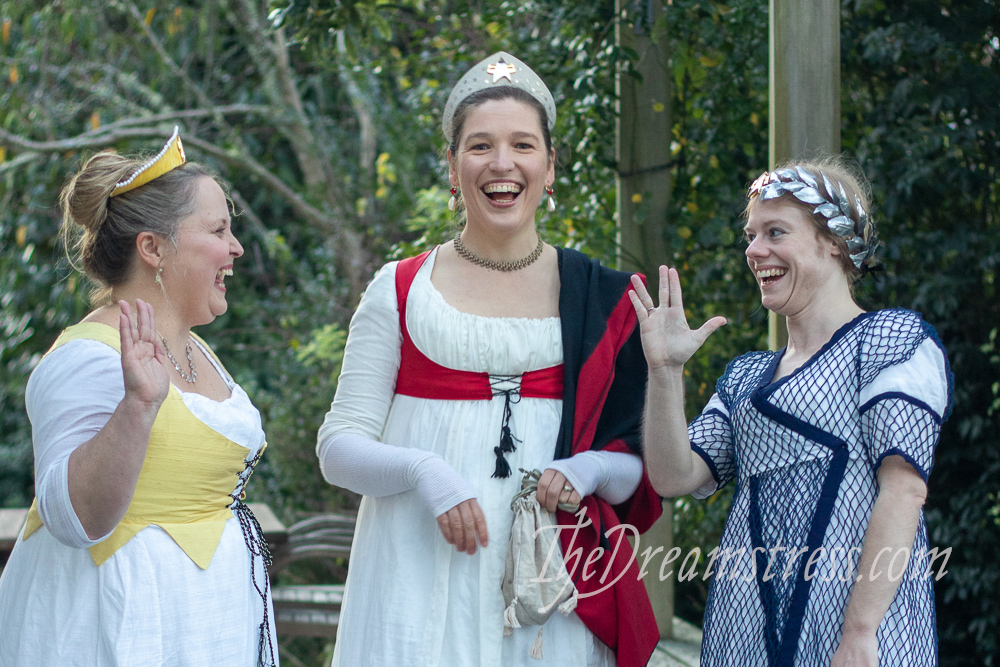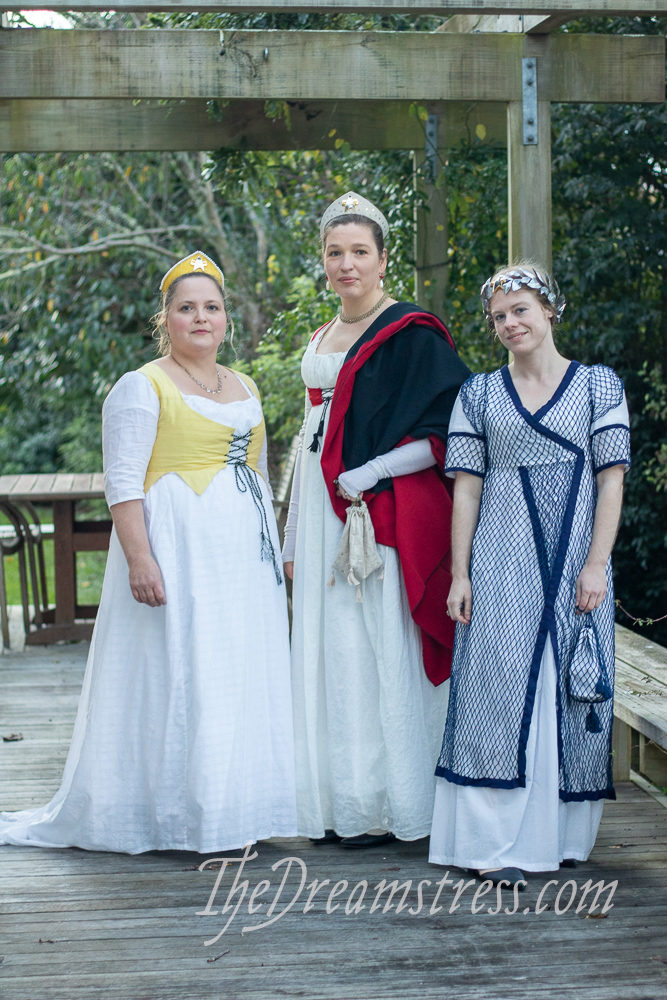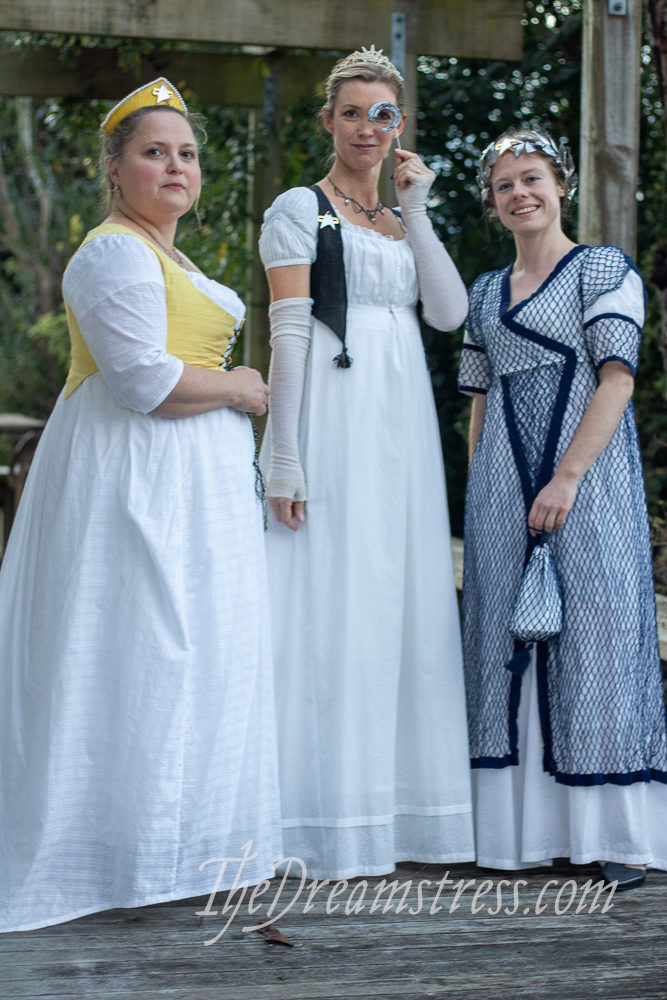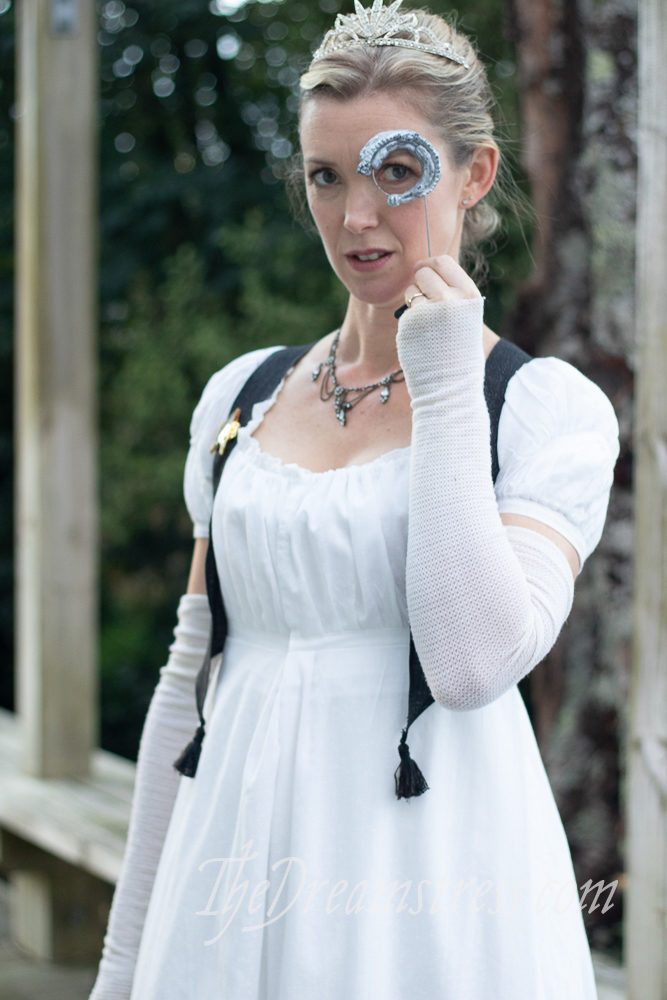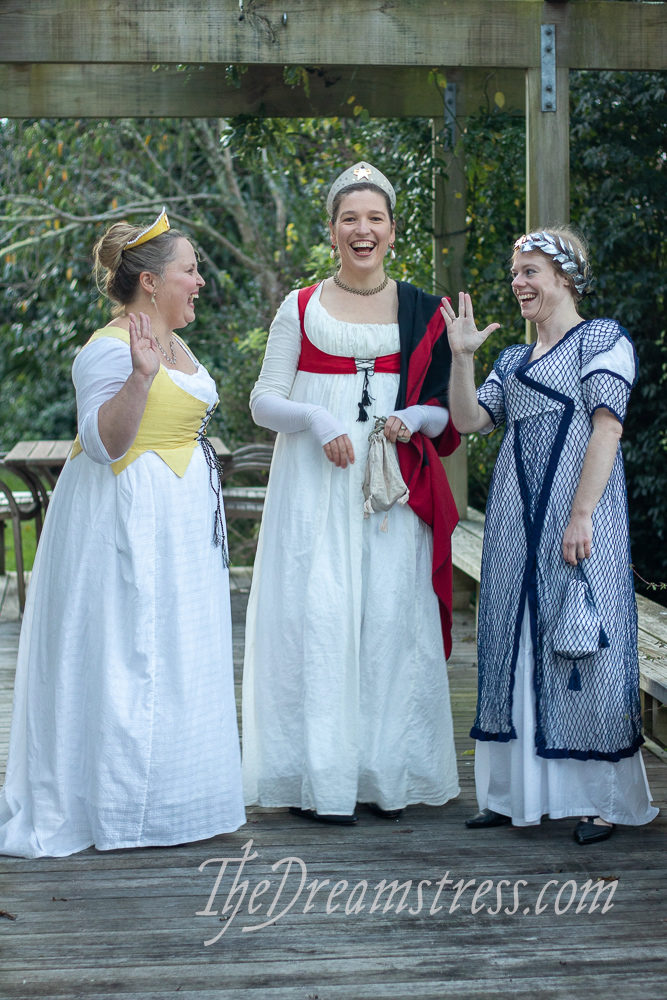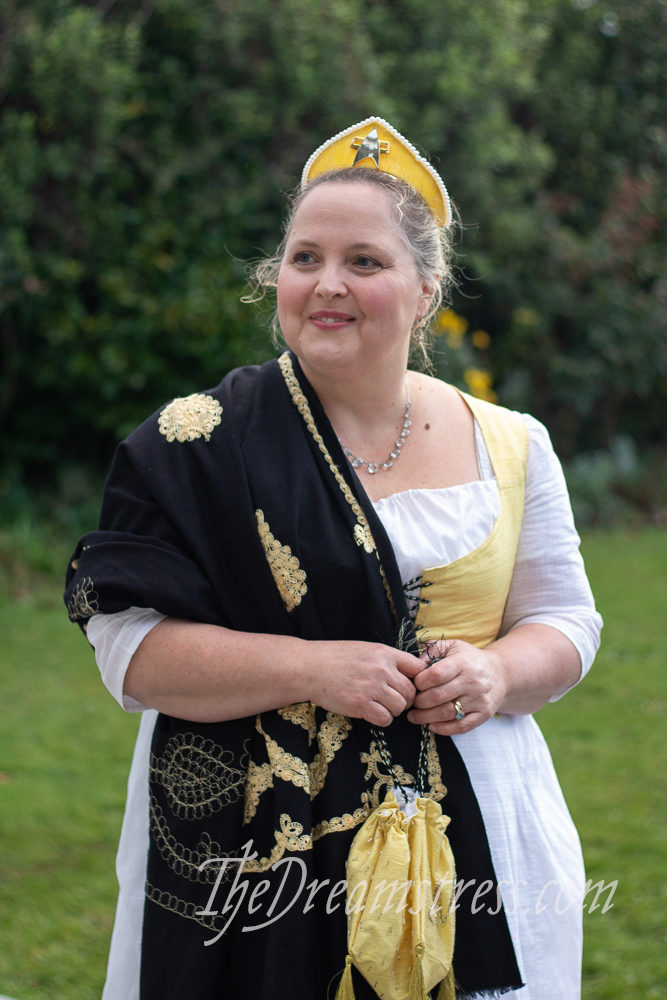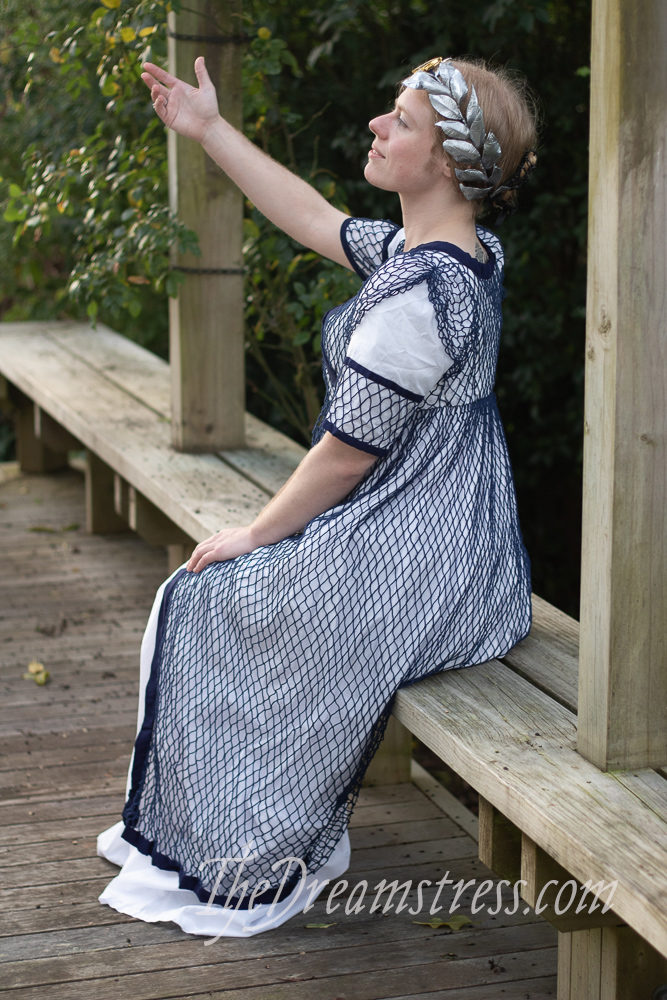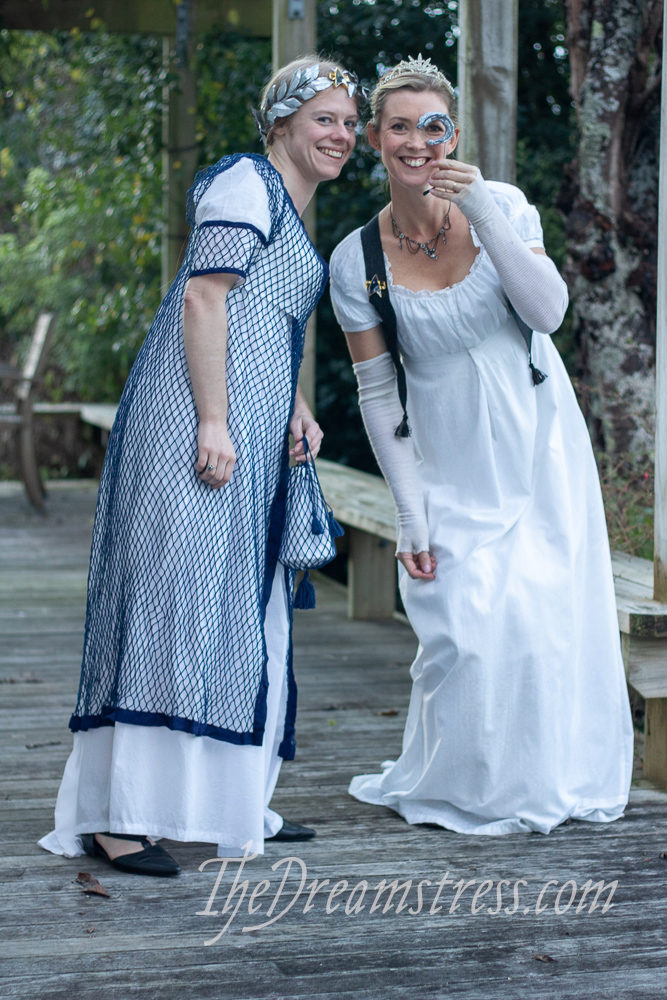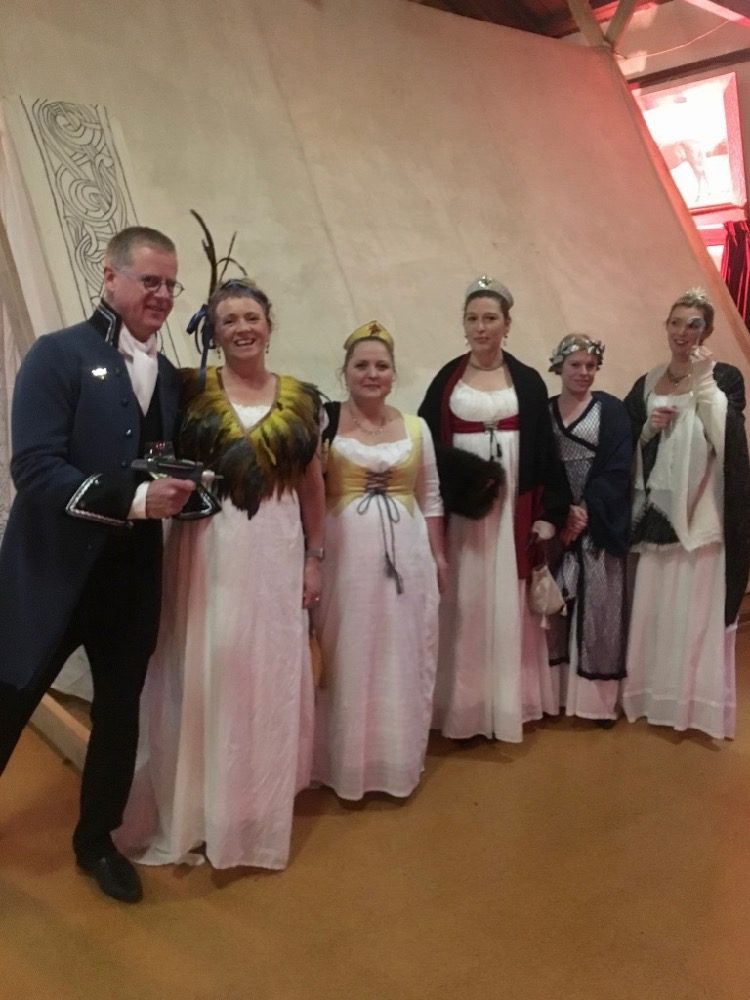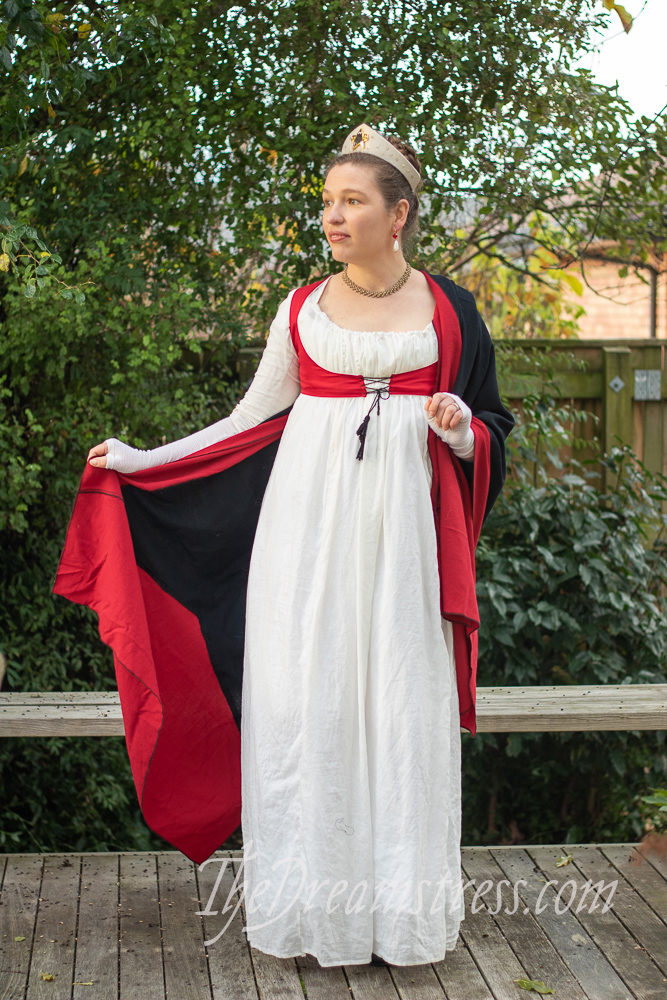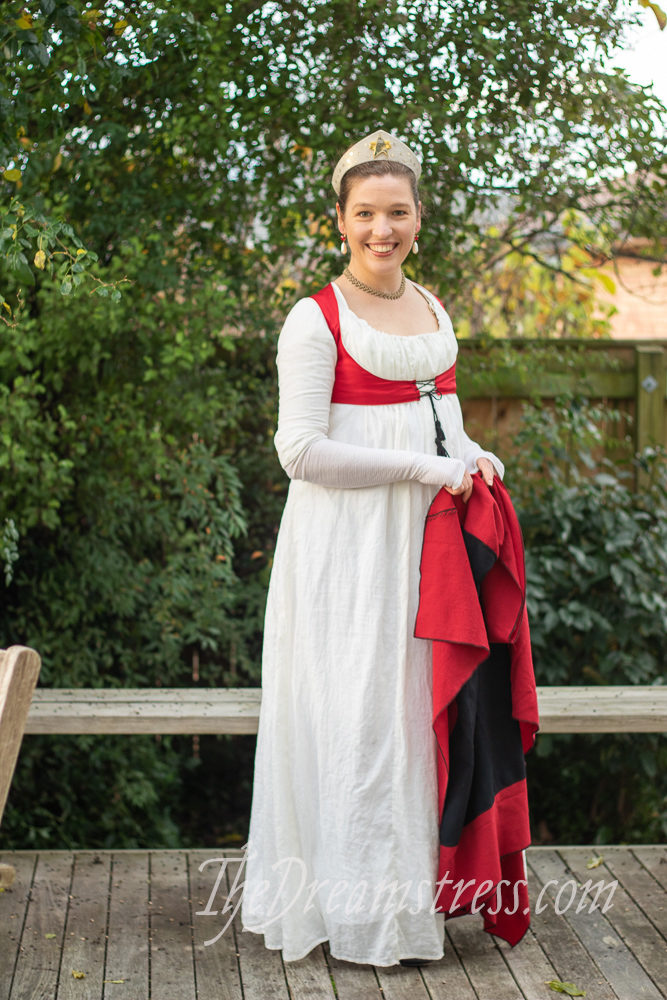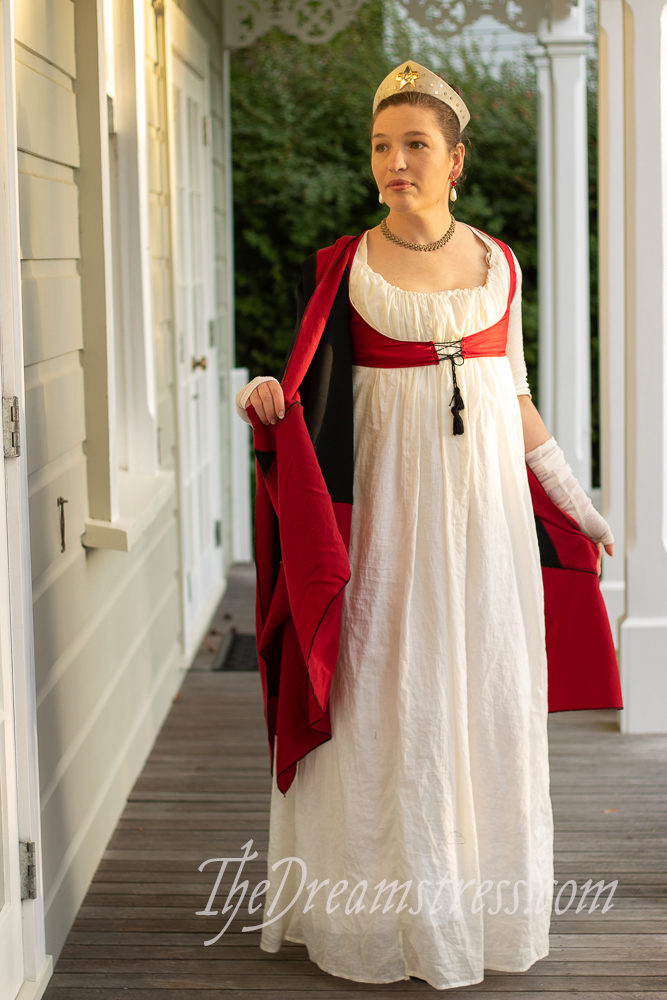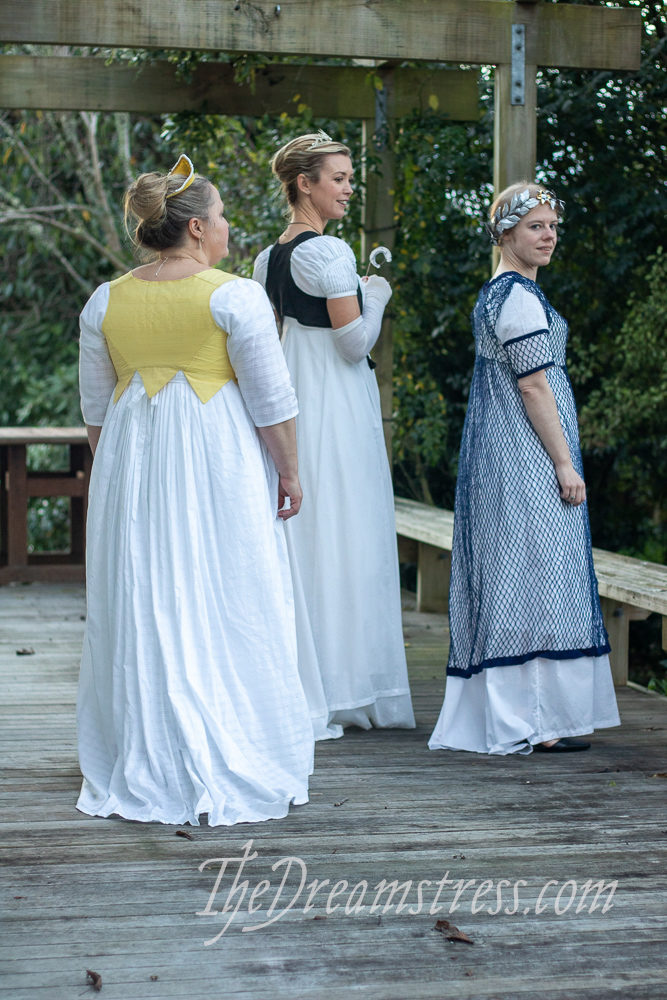Warning: this post contains triggers.
Sometime in late April my brain figured out how bad climate change is going to be.
I’ve been aware of climate change for as long as I can remember. I wrote a paper on it for school when I was 15. I got into a massive argument with a professor about it my first term in university and derailed the entire lecture (still not sorry).
But I managed to be aware, without grasping how bad it’s going to be.
It’s going to be bad. High likelihood of completely dead, un-swimmable oceans bad. Mass extinction bad. Potential death of all humans by 2050 bad.
My mind took the realisation…badly.
By badly I mean I went from blithely happy to extremely depressed in less than 24 hours, and became so anxious that in one four day stretch I spent more of my awake hours having panic attacks than not. I had so many panic attacks I pulled a muscle in a my chest from hyperventilating. It was not good.
I’m seeing a doctor, and a counsellor, and am coping. Not well, but better than 7 hour long panic attacks coping.
It turns out there is a name for what I have: eco-anxiety. The name is only a year old, but the amount of people dealing with extreme depression and anxiety about the environment is growing every day.
That’s actually a relief. It’s a comfort to know that other people have also looked out at all the people in charge who are pretending this isn’t a problem, and looked out at the horror of what is to come, and had a complete melt down. That actually gives me hope. It means that not everyone is pretending it’s business as usual. It’s impossible to go on living a wasteful life feeling like I do, so the more people who do, the more we will have to change.
But feeling this way is horrible.
I talked a tiny bit about counselling, and dealing with depression last year, but this time everything I do to keep myself on track is a trigger.
I can’t make plans into the future, because the future is so uncertain.
I can’t travel, because it’s the biggest thing I do to contribute to climate change.
I go for walks along the coast and have a panic attack because there will be no more beaches.
I go for walks in Zealandia, and have a panic attack because so many people have worked so hard to save the native birds, and we’re probably going to loose them all anyway.
I try to costume or work on Scroop Patterns, and I think: what’s the point? Sure I may not be hurting the environment, but what am I putting all this work in for?
I’m also having a complete crisis of faith in humanity.
I’ve always treated morality as personal: you do whatever you want, as long as it doesn’t hurt anyone else. But now lots of people who I otherwise liked are doing things that are hurting others, even if it isn’t in front of their face. If you’re still choosing to build a big house and drive an SUV and eat tons of meat and dairy and drive and fly a lot, you’re contributing to the deaths of people. You’re effectively committing murder. How can I treat you as a friend and a decent person?
How can I treat myself as a decent person when I don’t give up every possible thing that I do that contributes to the problem?
I don’t have answers to any of these questions.
I’m trying my best to be happy now, because now is OK, in any way that I can that isn’t contributing to the problem, but it’s not easy.
I wrote about giving up flying, and the most common word people used in reaction to that information, here, on Facebook, and on IG, was selfless.
I’m not acting out of selflessness in stopping flying for pleasure. I’m acting out of self-preservation: I literally can’t cope with the guilt.
This post is rather disorganised, because I’ve been trying to write it for two months, and can’t figure out how to put it together.
And how I feel changes from hour to hour: I swing between having hope, and feeling that I should do everything possible to help, and feeling that the world is totally and utterly screwed, and I may as well just eat all the fish and dairy and spend everything we have travelling, because we’re all going to die young, horribly, so might as well have fun now.
Here’s what I’m trying to hang on to:
- Cutting back, having less, could actually be good. If being a historian and the Fortnight in 1916 has taught me anything, it’s that there are many aspects of the modern world we could be much happier without. You can live an amazing, happy, life in a small neighbourhood, with much less amenities and sensory input. For many of us it would be a healthier lifestyle: physically and mentally. The trick is to move quickly enough that we can preserve the good parts of modernity (medicine, increased human rights).
- There are other people who care and are trying.
- Costuming and pattern-making, while not exactly saving the planet, can at least be less planet-detrimental than most other jobs and hobbies, and are based on useful skills that will help to preserve civilisation, if we can manage to survive.
Here is what I’m doing to help:
- Giving up flying for work and pleasure. I’ll still fly for family, partly because my parents are getting older and really need me, and partly because I’ve figured out that they live such an eco-friendly lifestyle that if I go for long enough, and go at the right time of year, I can actually reduce my carbon footprint by living with them instead of living in Wellington.
- Cutting my dairy consumption in half. I’m working on giving it up, but down is better than nothing.
- Treating fish as an extreme treat food/giving it up entirely. We have a bunch of cans of salmon and sardines and tuna in our emergency kit, so I haven’t stopped eating it until they are gone, and I may eat it in Hawai’i since my parents trade veg for fish from friends, but I’m definitely not buying it anymore. Sure, probably the oceans will go acidic before we’ve completely fished them out, but I’m trying to operate from a place of home.
- I’m still eating hunted introduced pest game, but no other meat – in my circumstance I’m pretty sure that eating hunted pest animals is better for the environment than mono-cropped vegan protein.
- Planting trees. This is harder than I had anticipated. I feel like we should be in total panic-mode ‘plant trees anywhere you can squeeze them in’ mode – but not yet. 🙁
- Learning to cycle again, so I can cycle to work. I’m still figuring out the part where exposure to cold in winter is really bad for my health.
- Buying an electric car. We’re car hunting as soon as I get back from Costume College, and I’m so excited. (and for anyone who is going to point out that they read some article that says electric cars are really bad for the environment, the Venn diagram of ‘studies that say EV’s are bad for the environment’ and ‘studies funded by petrol companies’ is one circle).



